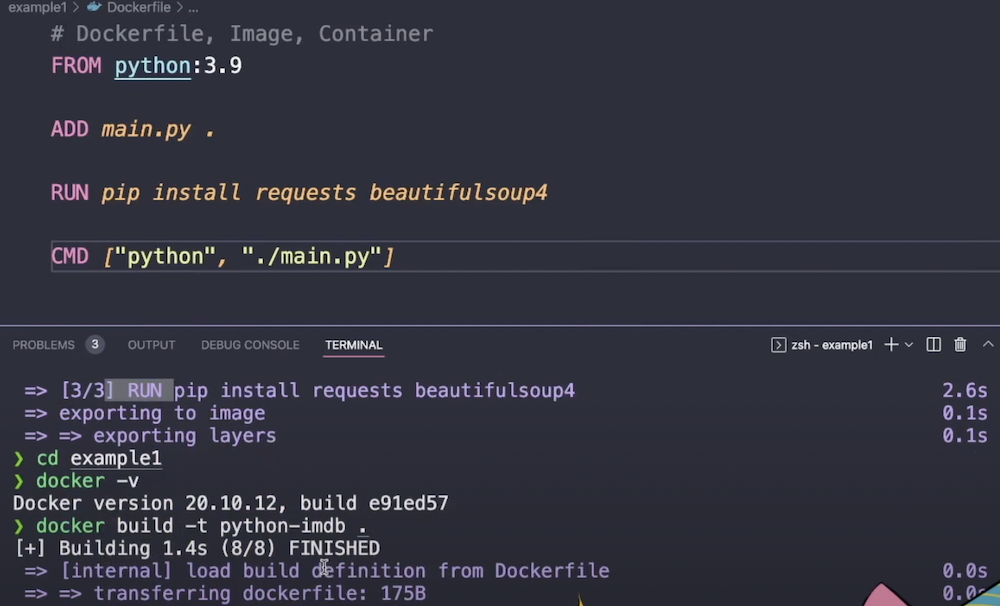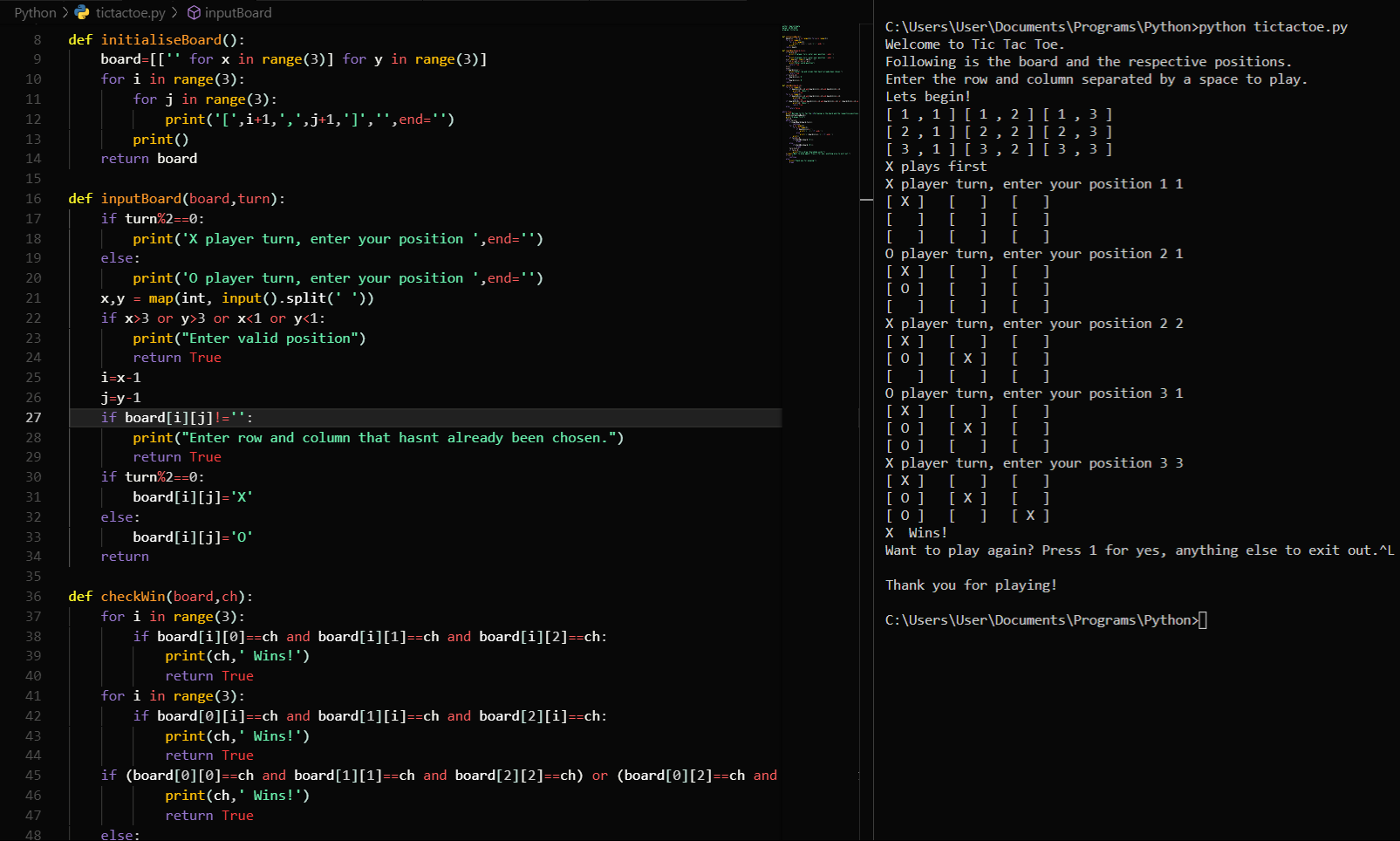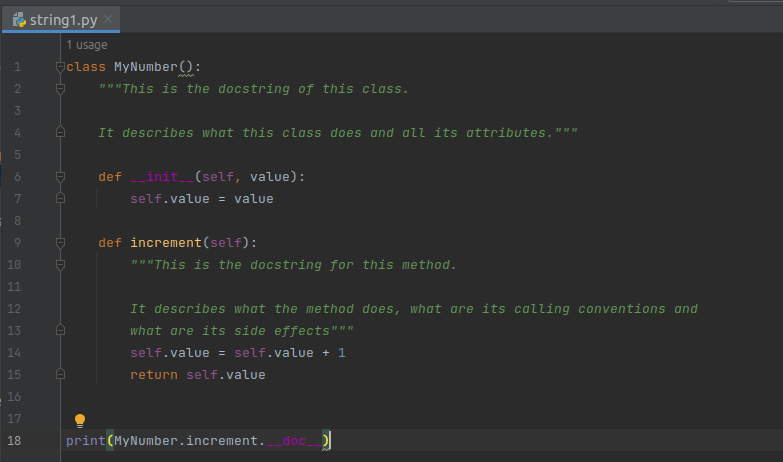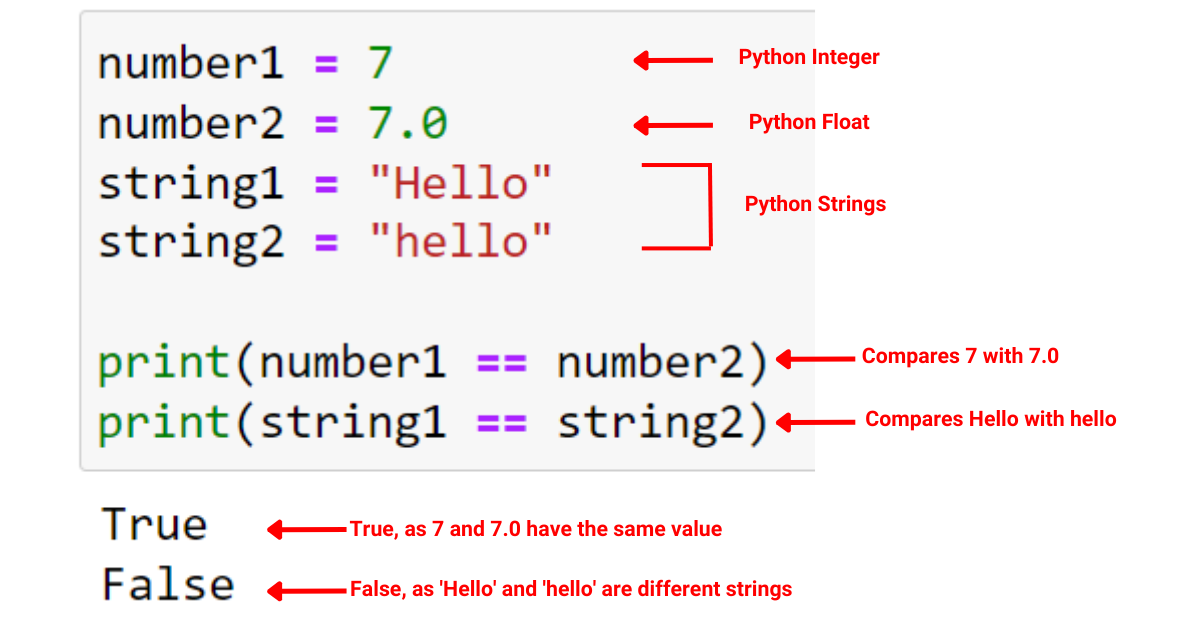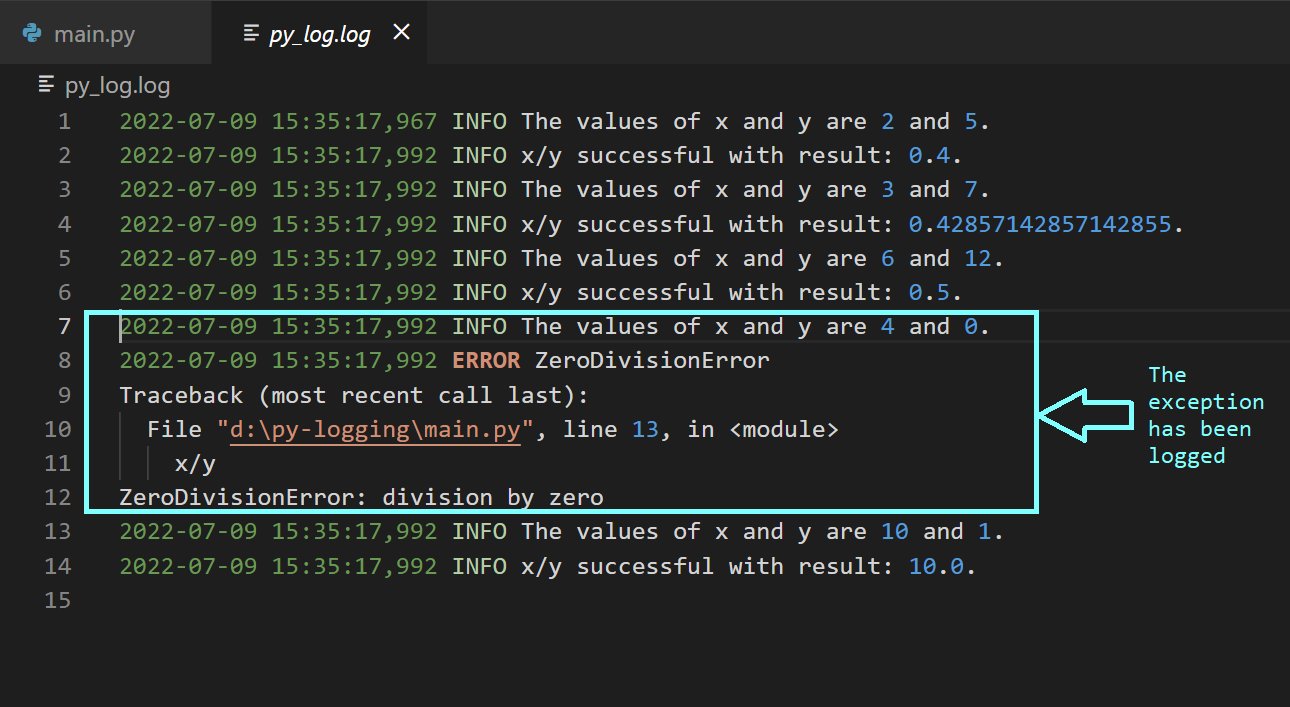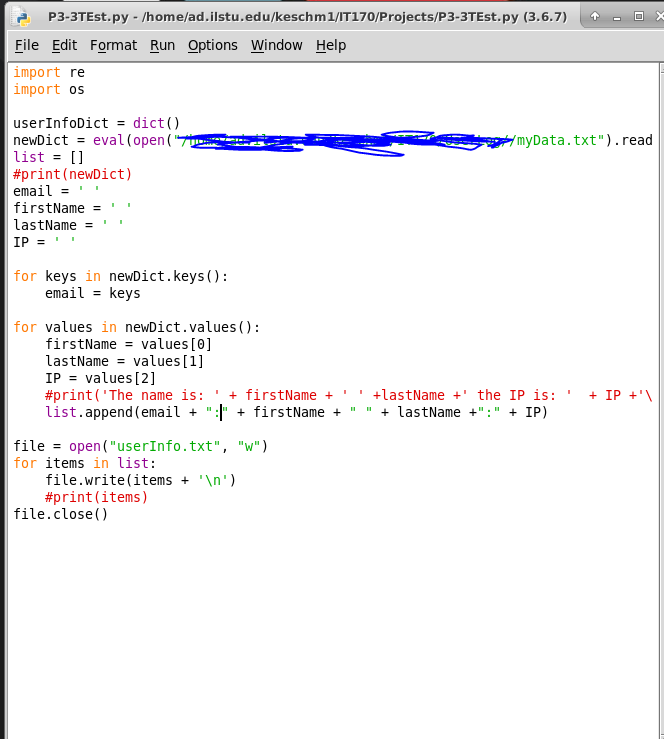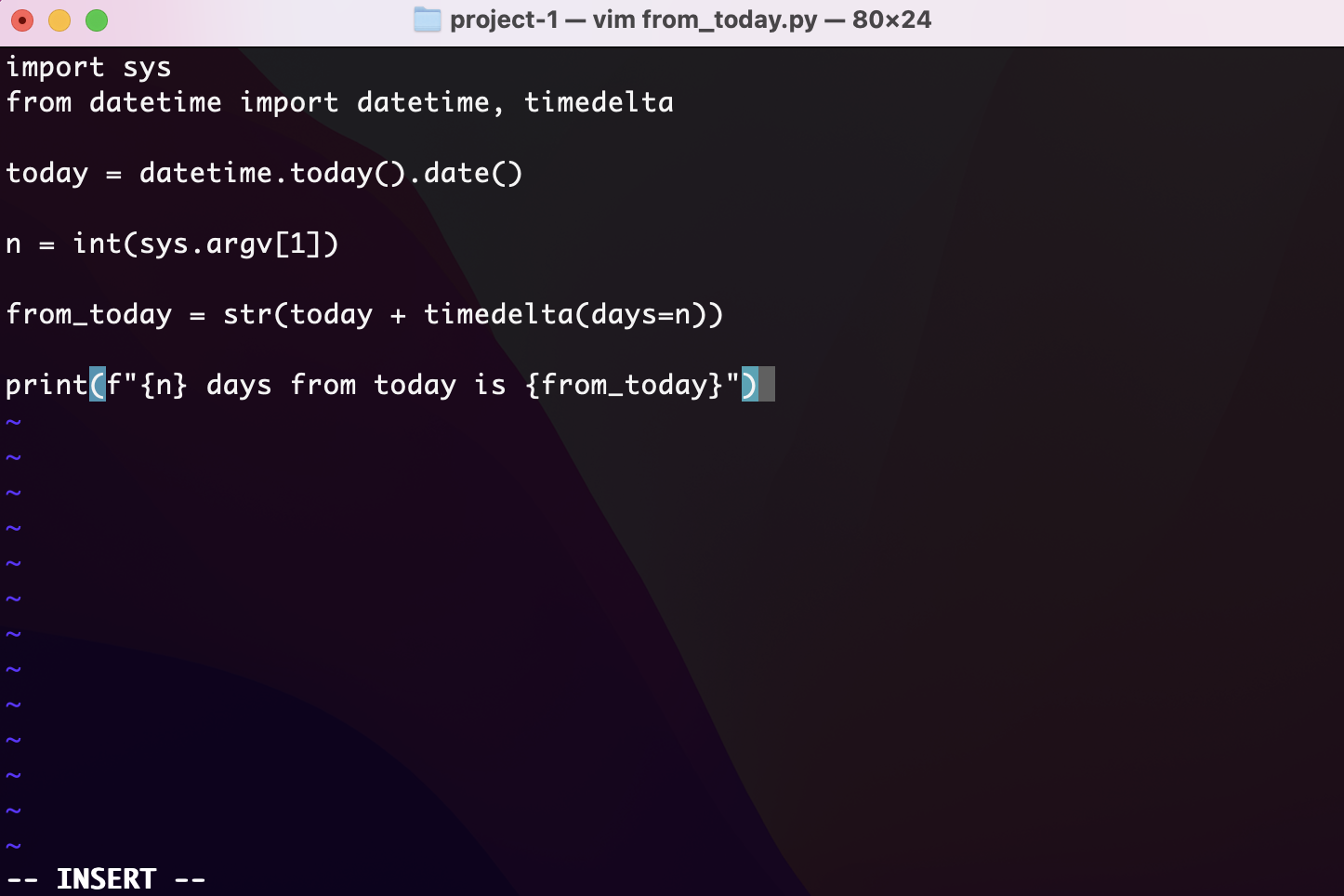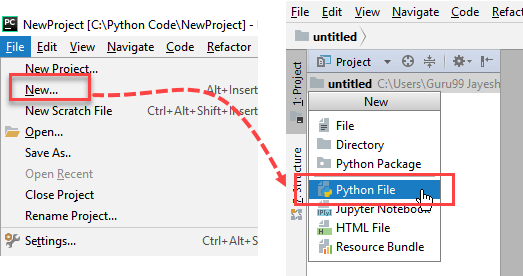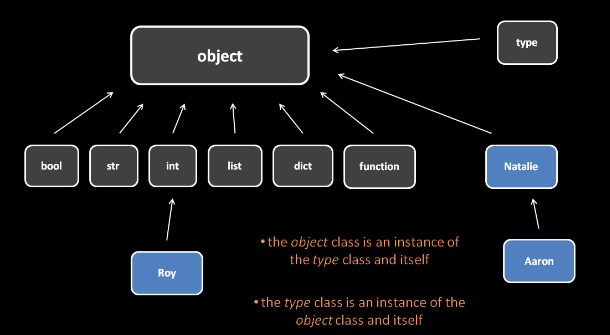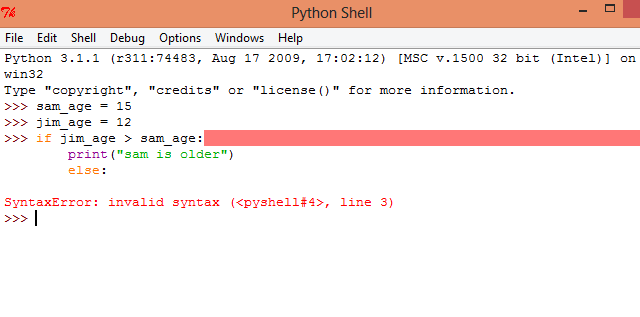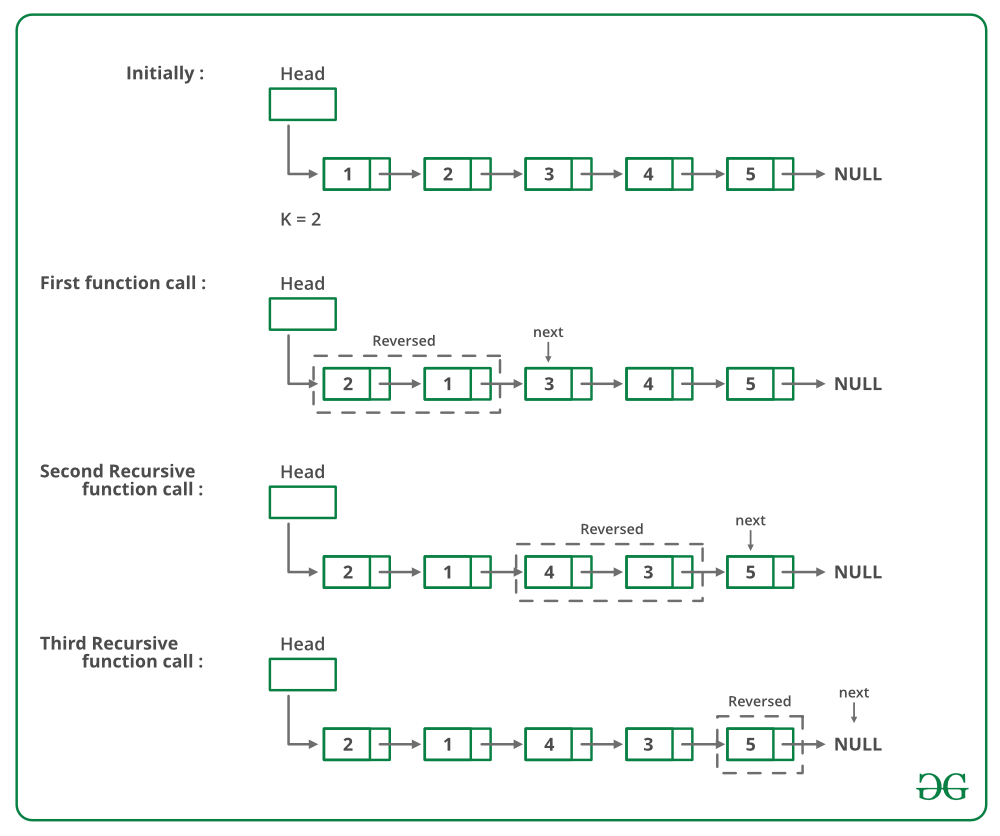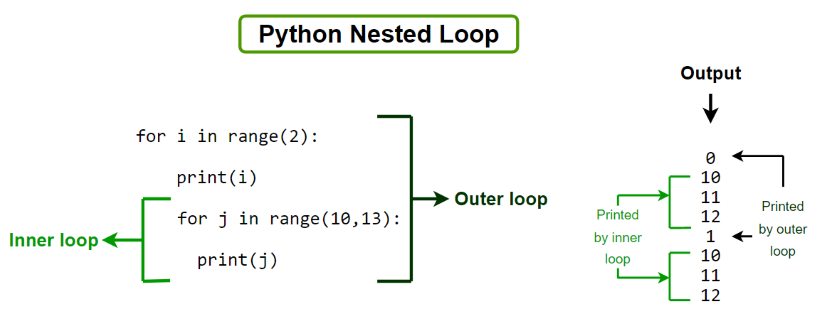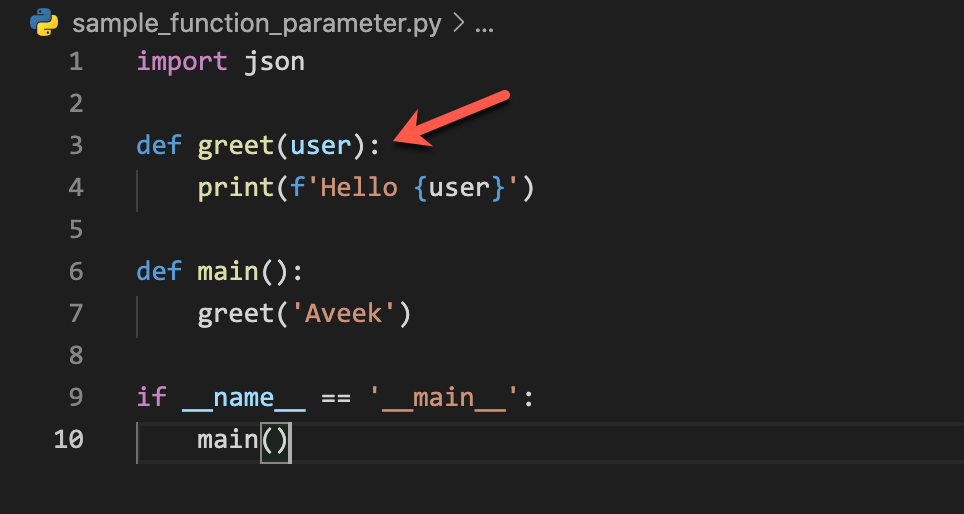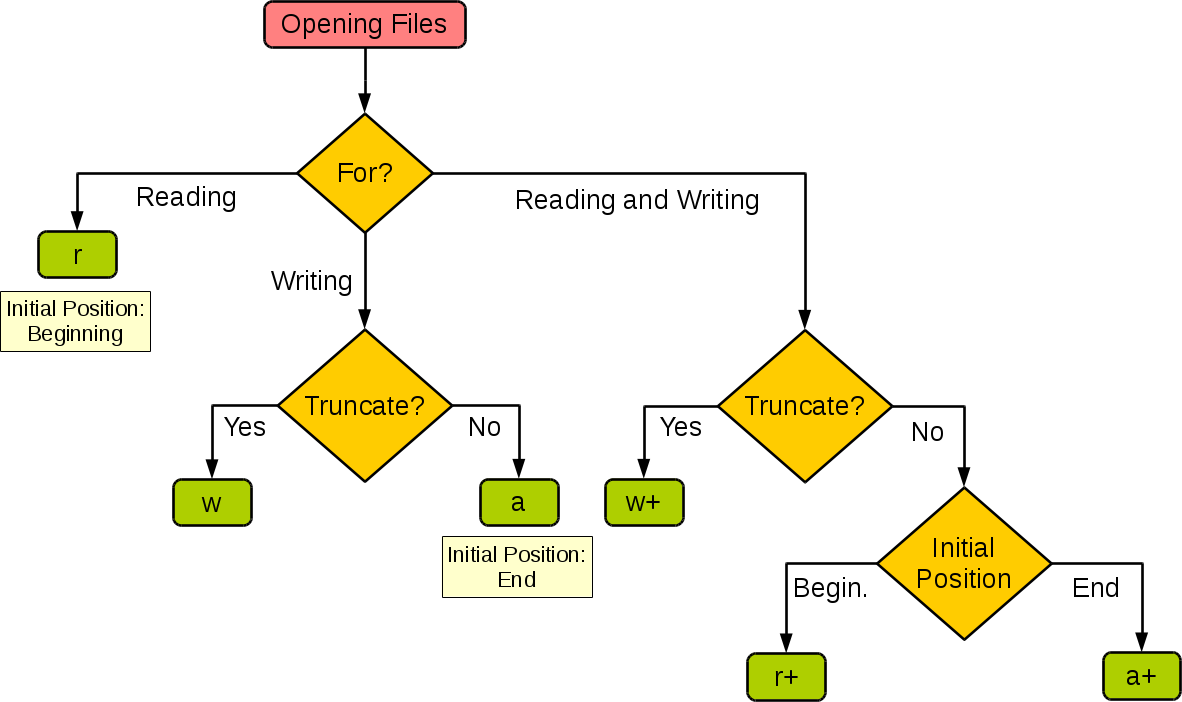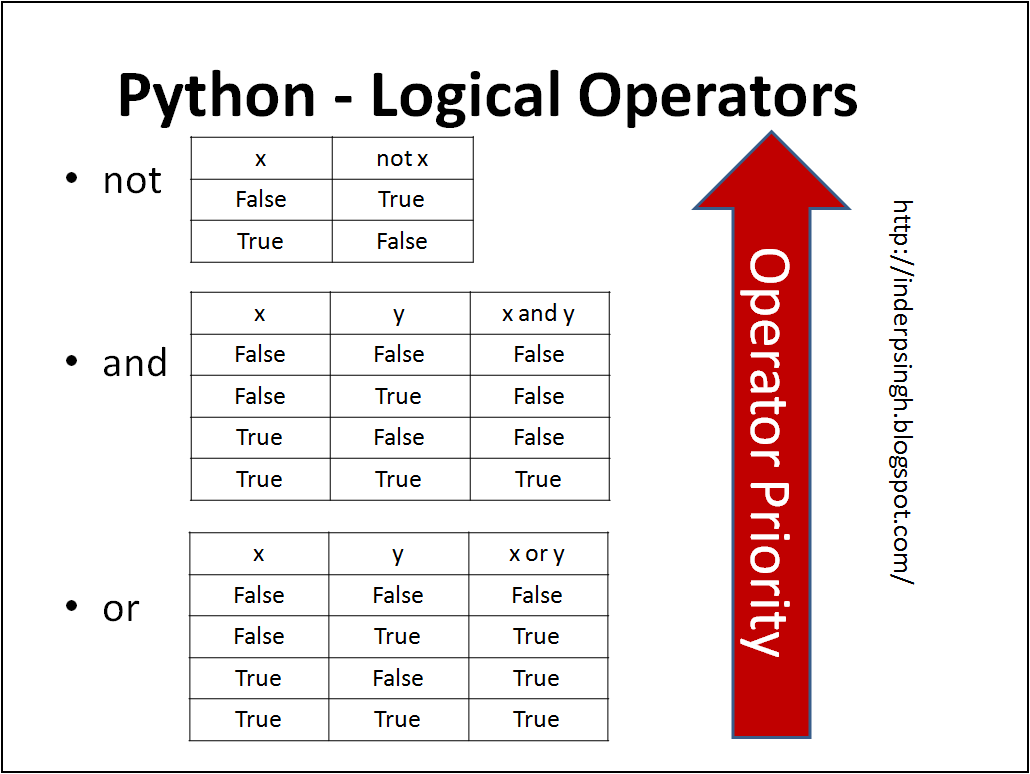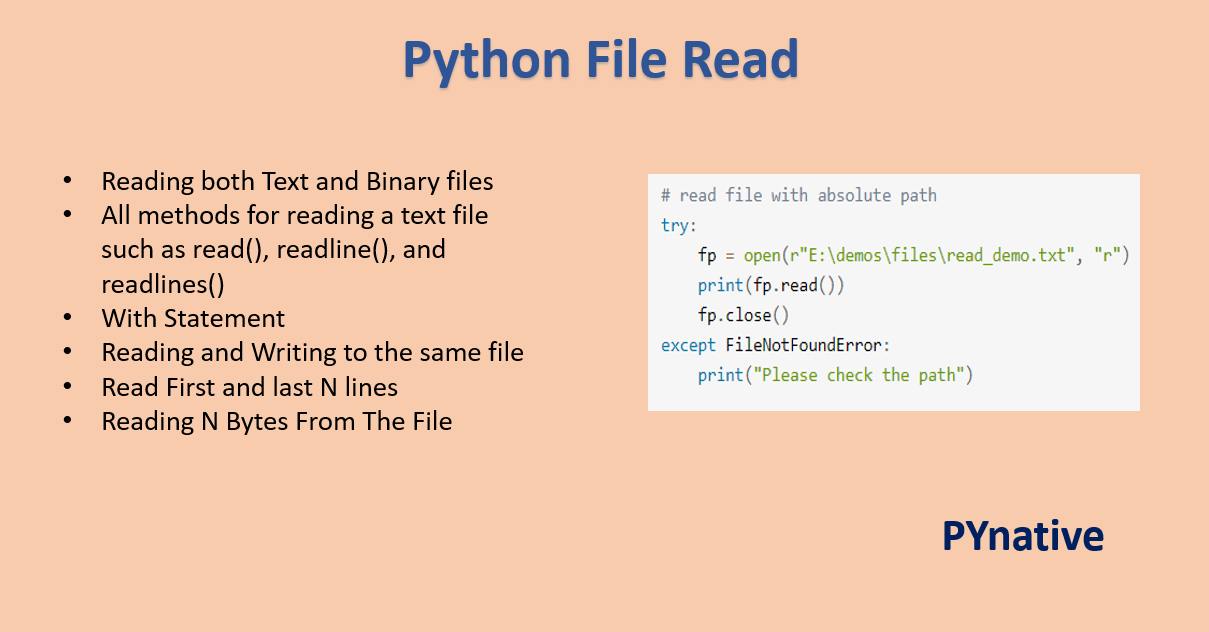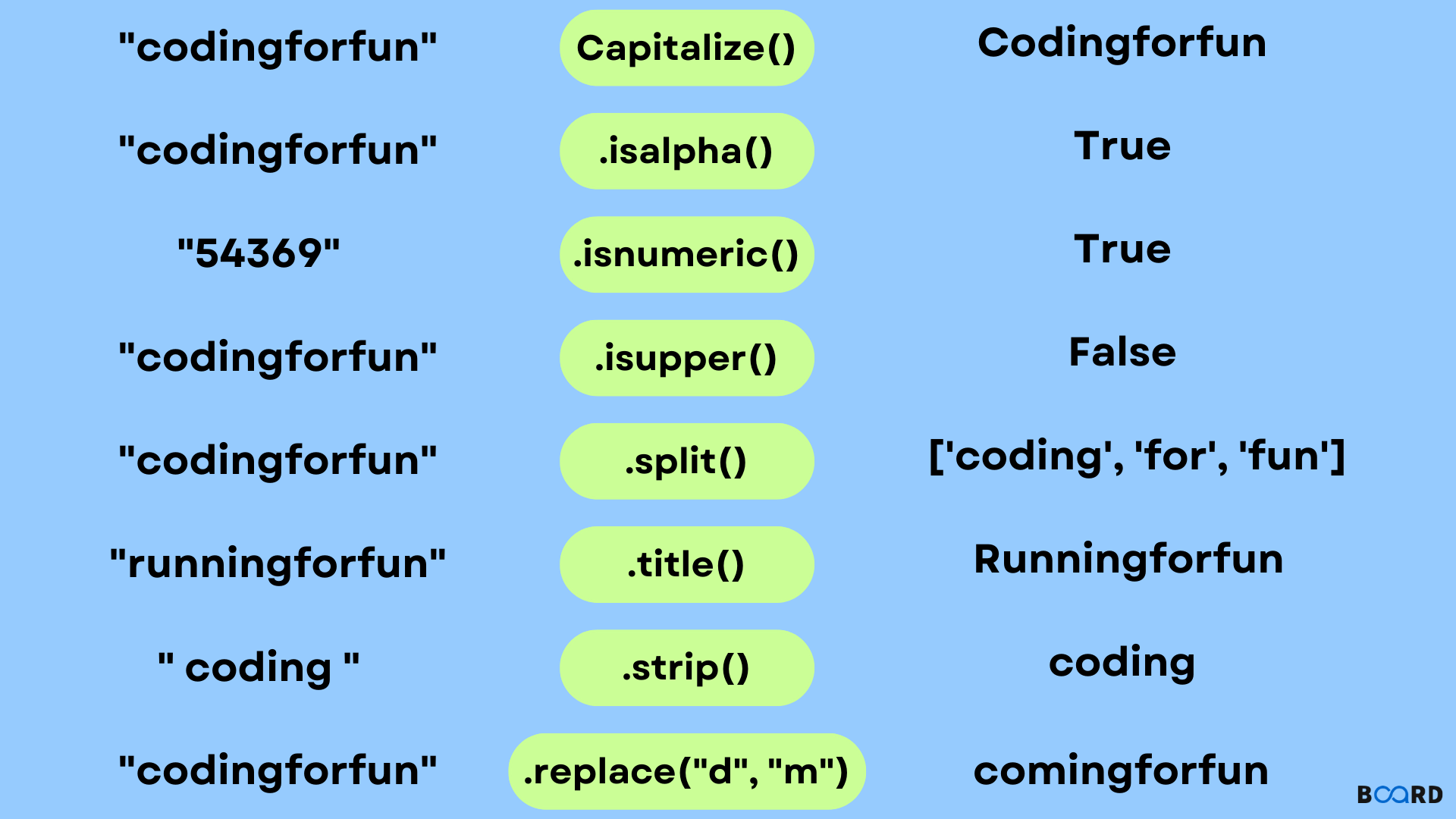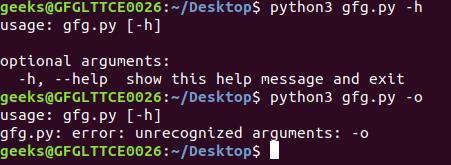Python code output generator from text
Python code output generator from text
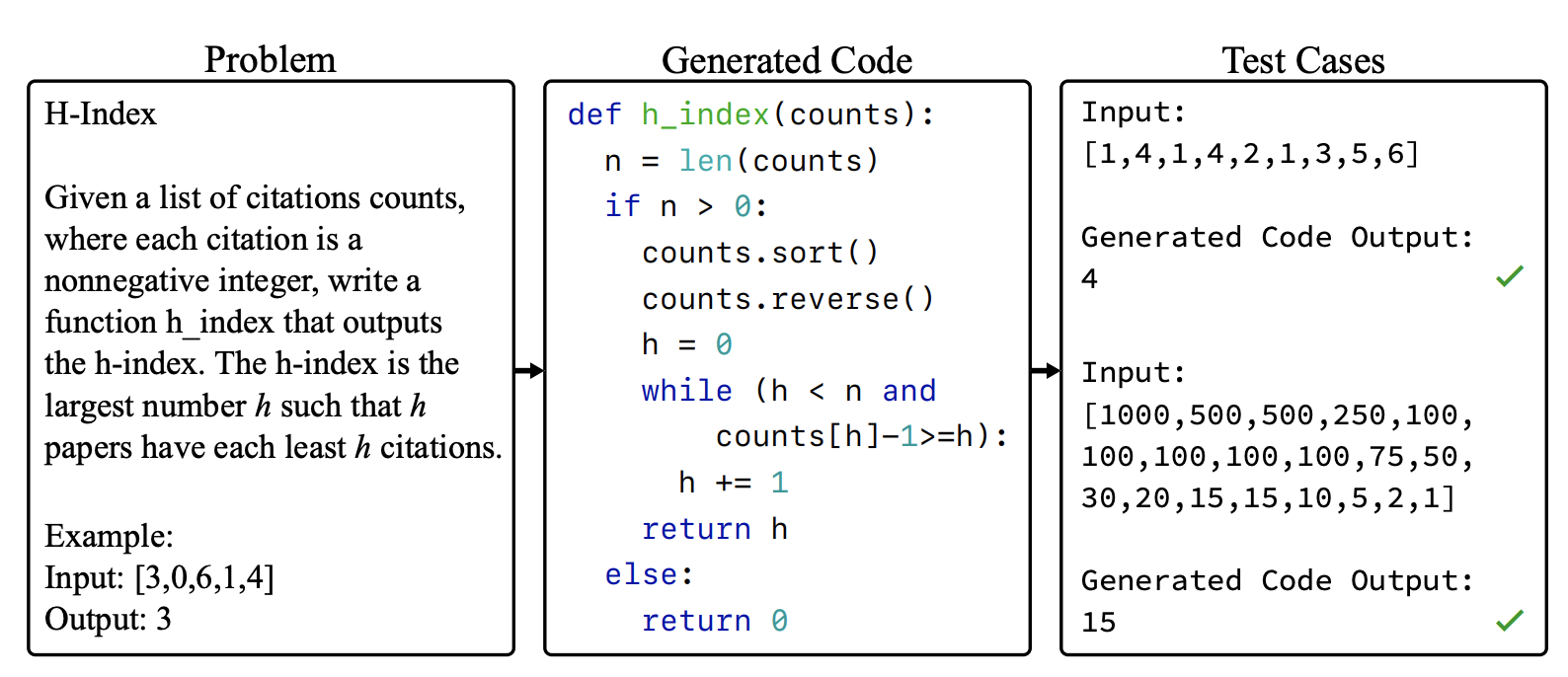
Here's a comprehensive explanation and Python code for generating an output based on input text using a simple output generator.
Explanation
The purpose of this output generator is to take user-provided input, process the information, and generate a response based on predefined rules or patterns. This functionality can be useful in various applications like chatbots, language translation tools, or sentiment analysis algorithms.
Python Code
import re
class OutputGenerator:
def init(self):
self.rules = {
"greetings": {"rule": r"hello|hi|hey|good morning", "output": ["Hello!", "Hi! What can I do for you?", "Hey, what's up?"]},
"farewells": {"rule": r"bye|see you later", "output": ["Goodbye!", "See you later, buddy!"]},
"thanks": {"rule": r"thank you|thanks", "output": ["You're welcome!", "No problem at all."]}
}
def generate_output(self, text):
for rule, outputs in self.rules.items():
if re.search(outputs["rule"], text):
return random.choice(outputs["output"])
return None
if name == "main":
generator = OutputGenerator()
user_input = input("Enter some text: ")
output = generator.generate_output(user_input)
if output:
print(output)
else:
print("I didn't understand that. Can you try again?")
Code Explanation
The OutputGenerator class is responsible for processing the user's input and generating an output based on predefined rules or patterns.
__init__ method initializes an empty dictionary called rules, which will store the predefined rules along with their corresponding outputs. The generate_output method takes a string input as an argument, processes it using regular expressions (re module), and matches it against the rules stored in the rules dictionary. If a match is found, it returns a random output from the associated list of outputs. Otherwise, it returns None. In the main part of the code, we create an instance of the OutputGenerator class and ask the user for input. We then pass this input to the generate_output method and print the result.
Example Usage
Let's say a user enters: "Hello, how are you doing today?"
The output generator will look at each rule in the rules dictionary and see if any of them match the input. In this case, it finds a match for the "greetings" rule ("hello|hi|hey|good morning") and returns one of the possible outputs (e.g., "Hello!", "Hi! What can I do for you?", etc.).
If no match is found, the output generator will return a default message: "I didn't understand that. Can you try again?"
This simple code can be expanded upon to handle more complex input and output processing tasks.
Conclusion
In this response, we've explored how Python code can be used to create an output generator for user-provided text. By leveraging regular expressions and predefined rules or patterns, we can generate meaningful responses based on the input provided. The potential applications of such a tool are vast!
Python code output generator online
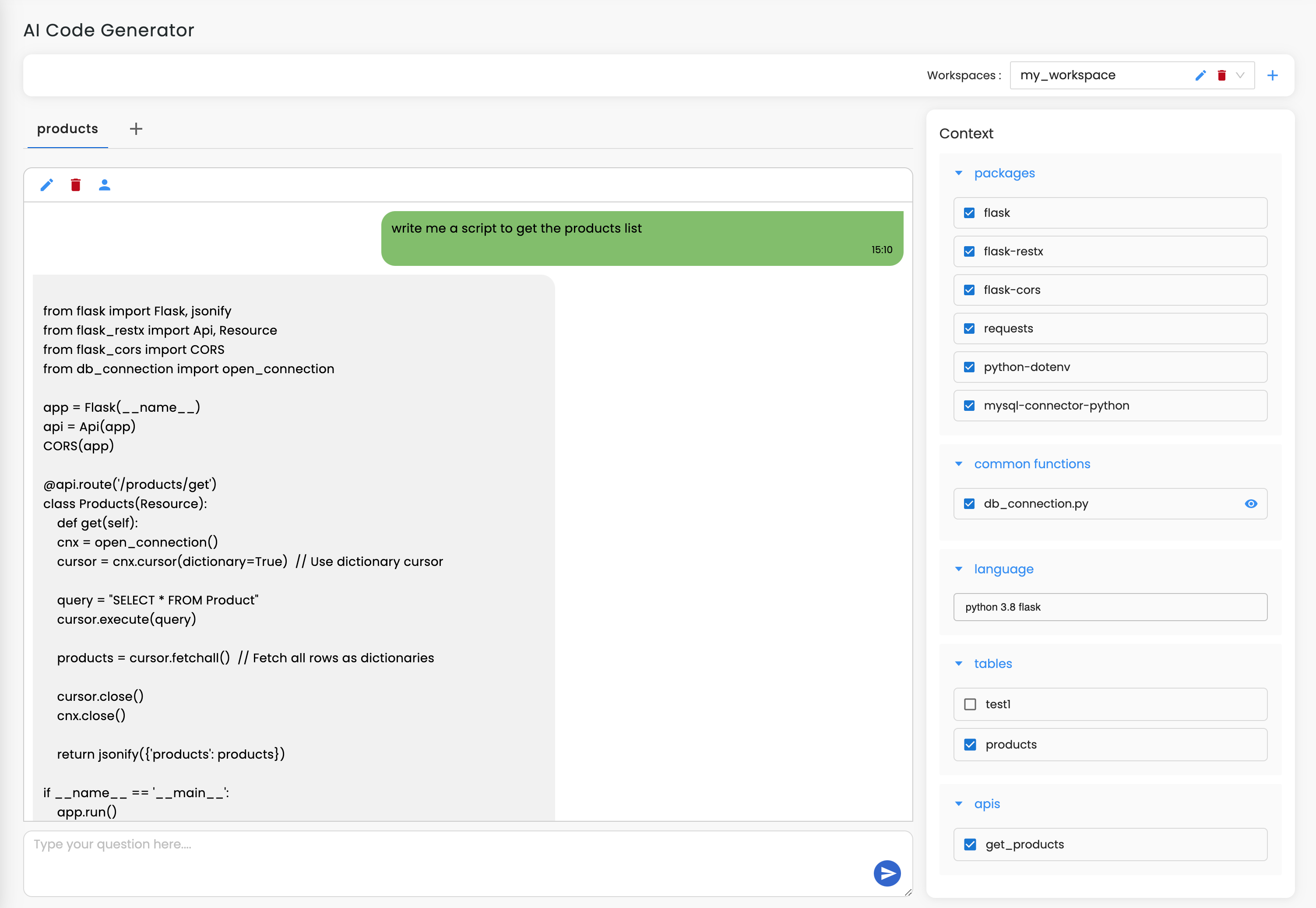
I'm happy to help! Here's an online Python code output generator:
Python Code Output Generator
This tool allows you to generate the output of a Python code snippet without having to run it on your local machine. Simply enter your Python code in the text area below, and click the "Generate Output" button. The tool will then execute the code and display the output in the results box.
Code Input Area:
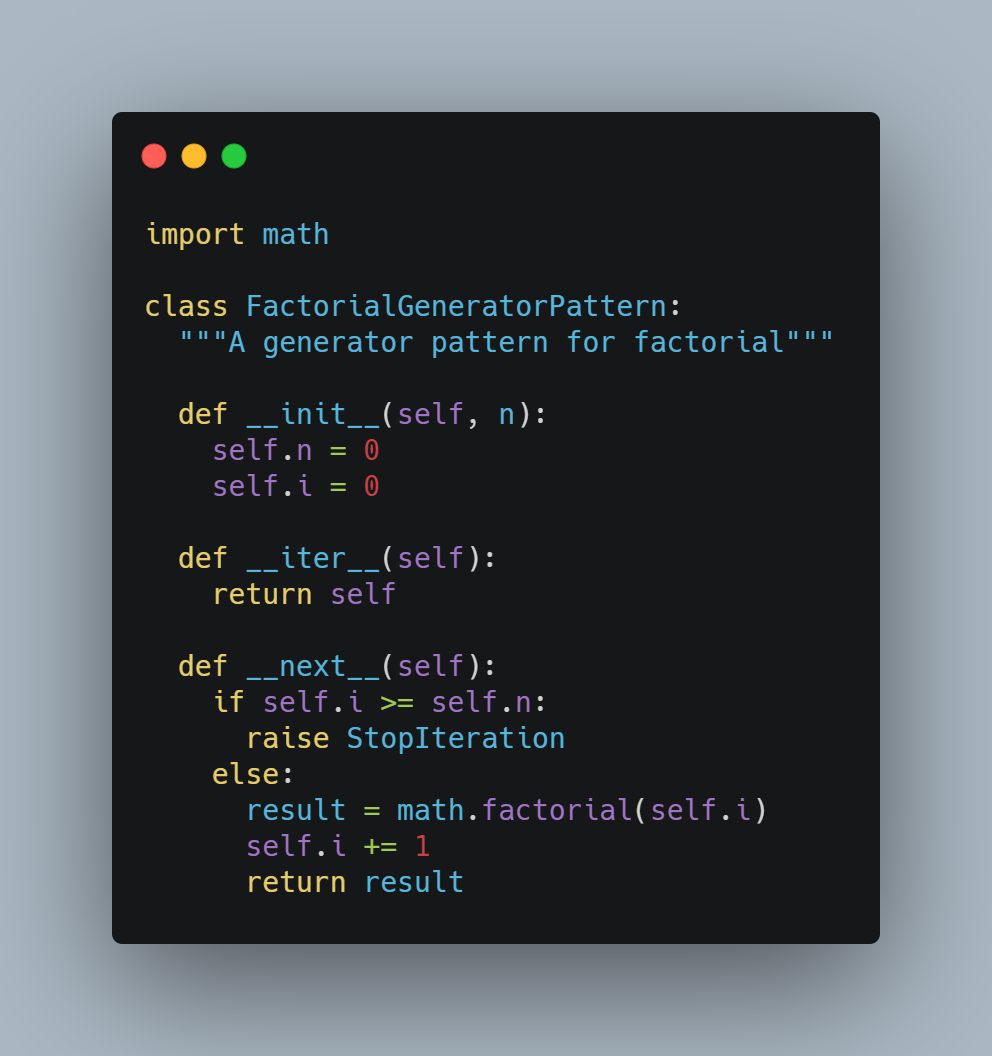
Please paste your Python code into the text area below:
______________________________________________________
| |
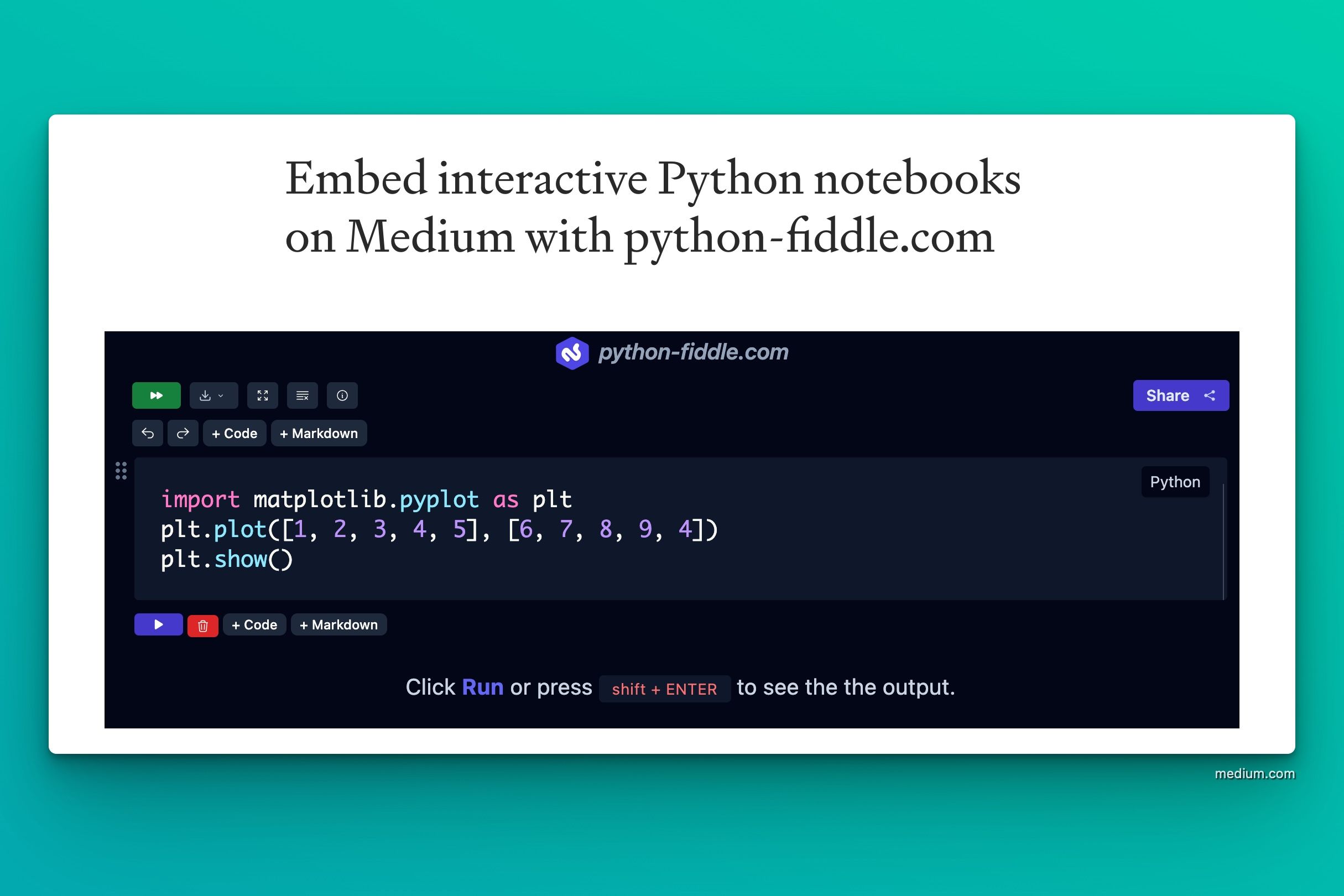
| Enter your Python code here... |
| |
|_____________________________________________________|
Output Results Area:
The output of your Python code will be displayed in this box:
______________________________________________________
| |
| Output will appear here after generating... |
|_____________________________________________________|
Generate Output Button:
Click the button below to generate the output of your Python code:
______________________________________________________
| |
| Generate Output → |
|_____________________________________________________|
Important Notes:
This tool is for educational purposes only. Please do not use it to execute malicious or harmful code. The generated output may vary depending on the complexity and nature of your Python code. This tool does not support debugging or error handling. If your code has syntax errors, the tool will not be able to generate output.Let's get started! Enter your Python code in the text area above and click the "Generate Output" button to see the results.
